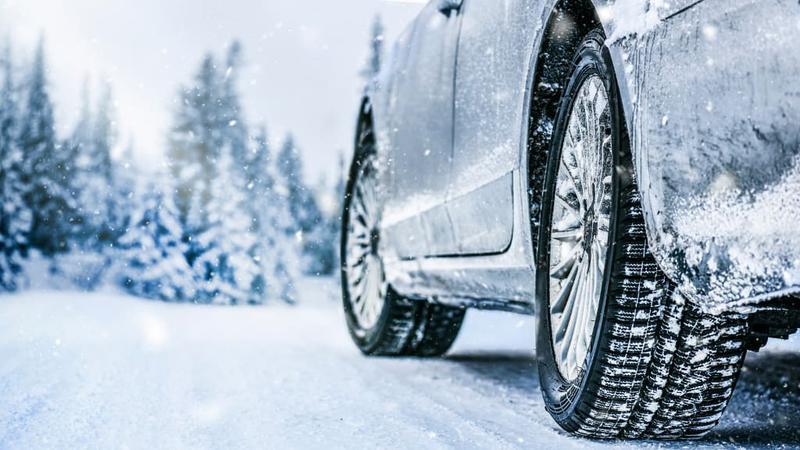PRESS RELEASE: November 15, 2011 - With winter weather fast approaching, InsuranceHotline.com provides drivers with important reminders to stay safe in slippery conditions. Taking some precautions and being aware of the potential dangers that snow and ice represent is the best way to avoid accidents that can lead to higher auto insurance rates.
When snow and ice create dangerous conditions that can make driving a challenge, it’s important to be prepared and take extra precautions behind the wheel. Driving more carefully in winter weather will ensure drivers get to their destination safely and keep their car insurance rates down.
Slow Down, Be Careful
The simplest way to stay safe on winter roads is to drive slower than normal and with extra caution. Adjust driving speed to account for low visibility or slick conditions on the road. Remember to allow more braking time by following other cars at a larger distance than required on dry roads. The greater the speed, the more stopping distance that is required – and on icy and snowy roads this distance grows even more. Even if the driver is doing the speed limit, police can still give out tickets for driving too fast for the current road conditions.
Avoid over-steering by responding to a skid in a careful and controlled fashion. Although the instinct can be to panic, staying calm and keeping control of the car will help avoid an accident.
Watch For Pedestrians and Parked Cars
Especially in low visibility conditions when it is snowing and blowing, it’s important to keep an eye out for people and things you might not be able to see in the snow. "Not every winter accident involves two vehicles. Single vehicle collisions with parked cars, or striking road signs and other objects are very common when visibility is poor and snow hides them." explains Tammy Ezer of InsuranceHotline.com "These accidents may have a big impact on your car insurance rates."
Watch carefully for:
• Pedestrians crossing streets, especially at night
• Parked cars that might be hidden by snow
• Garbage cans and other objects that might be on the road
• Road signs (especially at street corners), where braking can lead to skidding
Remember that no matter what the road conditions, an accident in which a driver strikes an inanimate object or pedestrian is usually the driver’s responsibility. Drivers may be found at fault in the insurance claim even if situations where ice or snow is a factor.
Check the Conditions
Before heading out on the road, check the weather report and local road condition reports. Knowing what to expect on the road ahead means being prepared to respond to the conditions. Consider skipping the trip if conditions are bad and it is not necessary; it might better to stay home.
